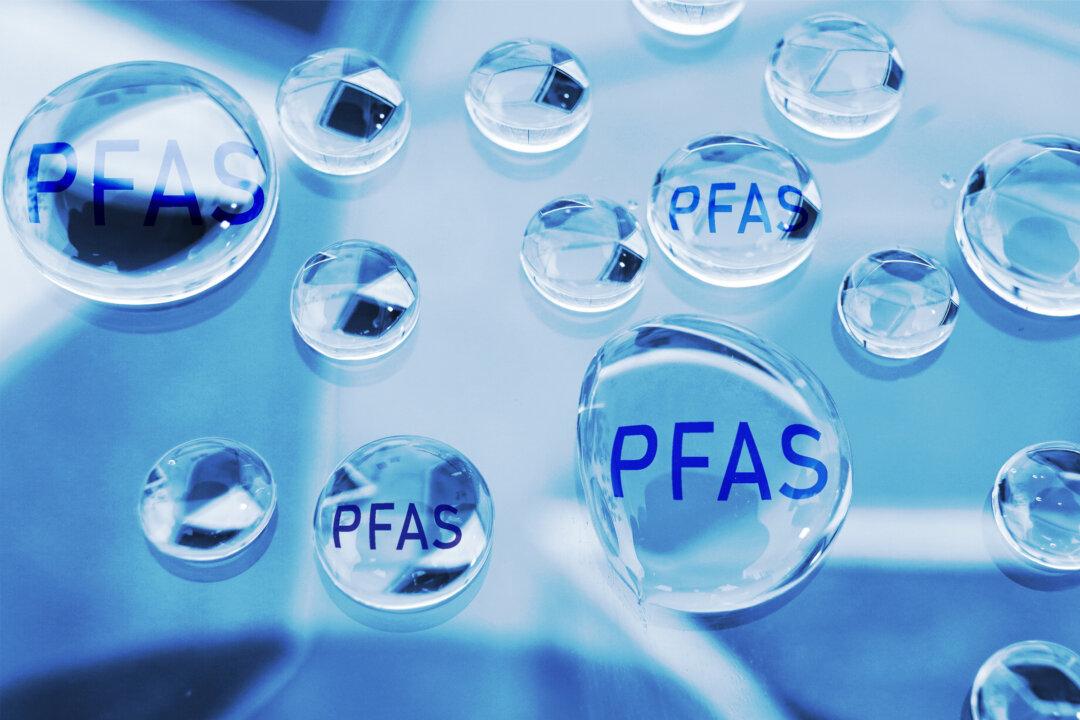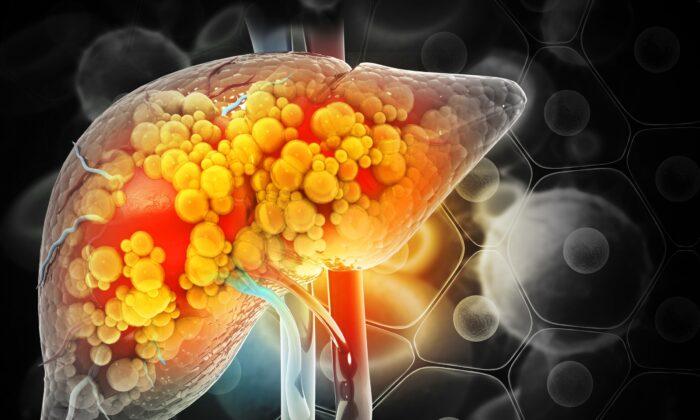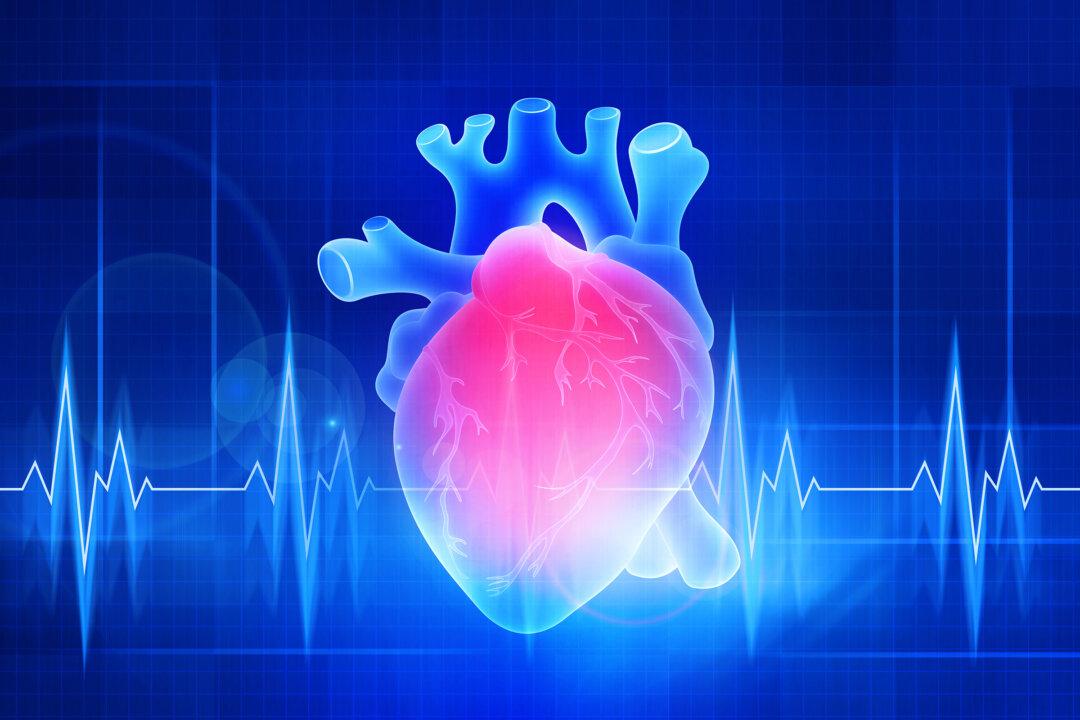As temperatures drop, one positive thing may be said for frigid weather: It makes us shiver, and shivering is good for metabolic health.
Shivering Is Key
The study, conducted at Maastricht University Medical Centre in the Netherlands and published in Nature Metabolism on Dec. 6, involved 15 overweight or obese adults aged 40 to 75 years, including nine participants who were glucose intolerant. Over 10 days, participants were subjected to intermittent cold exposure, which induced shivering.Participants abstained from alcohol and caffeine throughout the study and arrived at the research unit in an overnight fasted state for all visits. None had Type 2 diabetes or cardiovascular disease and were generally considered healthy.
Participants wore a suit perfused with water to induce heating or cooling. Temperatures were cooled to 50 degrees Fahrenheit (10 degrees Celsius) to provoke shivering for one hour. The researchers found that participants experienced significant metabolic improvements.
Cold acclimation in the new study was associated with a more stable blood sugar level during an oral glucose tolerance test.
Cold Exposure Improved Lipid Metabolism
Beyond glucose metabolism, the study highlighted improvements in lipid (fat) metabolism. Serum triglyceride concentrations dropped significantly—17 percent after a single cold exposure and 32 percent following the complete 10-day cold acclimation. “The observed reduction in fasting serum triglyceride concentrations potentially holds clinical relevance,” the authors noted, underscoring the role of shivering in these beneficial effects.Potential Strategy to Prevent Type 2 Diabetes, Heart Disease
While the study presented promising results, the authors acknowledged its limitations, such as its lack of a control group for comparison and the inability to fully control participants’ lifestyles between cold exposures. “Future research should determine the optimal frequency, duration and intensity of cold acclimation with shivering,” they concluded.The findings suggest that cold acclimation with shivering can improve blood sugar control and cardiometabolic risk markers in adults who are overweight or obese, supporting the potential benefits of repeated cold exposure as a lifestyle strategy for preventing Type 2 diabetes and cardiovascular disease.








